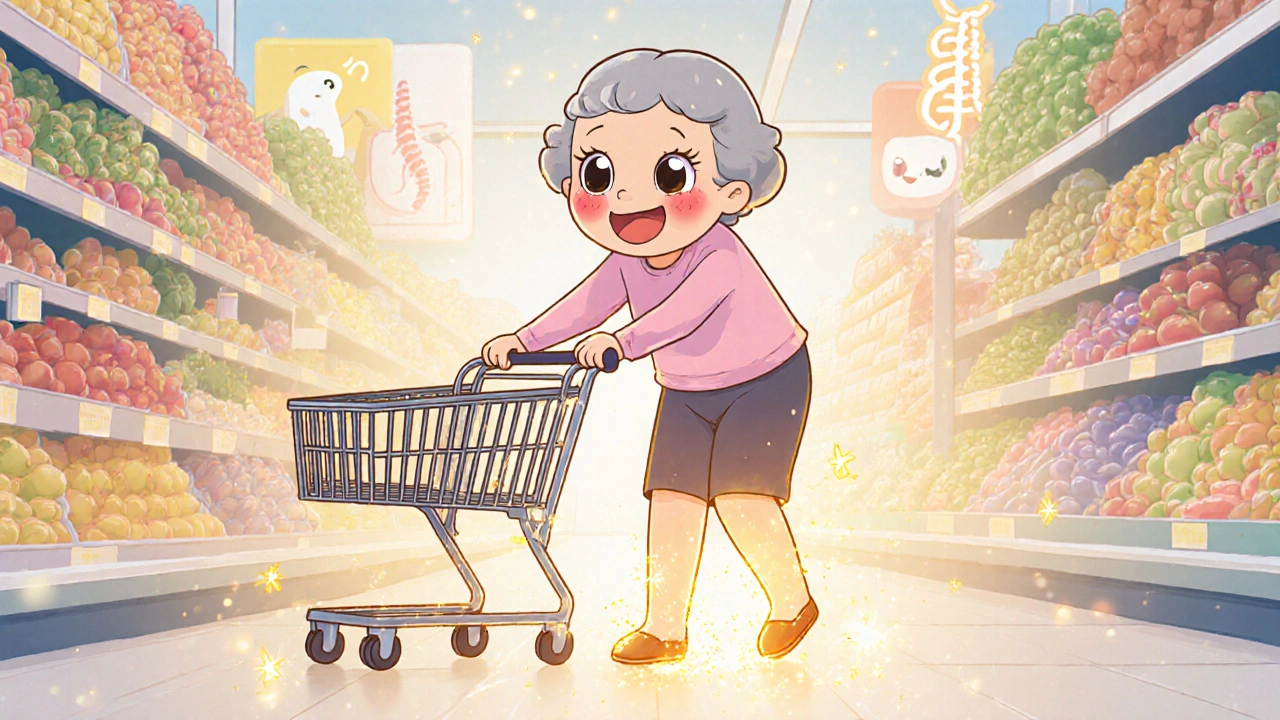Neurogenic Claudication: Causes, Symptoms, and What You Can Do
When walking triggers leg pain, cramping, or numbness that goes away when you stop, it’s often not a heart or muscle issue—it’s neurogenic claudication, a condition caused by nerve compression in the lower spine that mimics poor circulation. Also known as spinal claudication, it’s one of the most common reasons older adults slow down or avoid walking altogether. Unlike true vascular claudication from blocked arteries, this pain comes from squeezed nerves, not lack of blood flow. It’s not just aging—it’s structural, and it’s treatable.
This condition usually links to spinal stenosis, narrowing of the spinal canal in the lower back that presses on nerves. Think of it like a pinched hose: the more you walk, the more pressure builds, until the nerves scream for rest. People often describe it as heavy, burning legs that feel like they’re going to give out. Sitting down, leaning forward, or bending over usually brings relief—because that position opens up the space around the nerves. It’s not random. It’s mechanical. And it’s different from peripheral artery disease, a circulation problem that causes pain even at rest and doesn’t improve with posture changes. Mixing them up leads to wrong treatments.
Neurogenic claudication doesn’t just affect mobility—it impacts daily life. People skip grocery runs, avoid stairs, or stop walking the dog. The good news? You don’t have to live with it. Physical therapy focused on core strength and posture, targeted exercises like cycling or swimming, and even simple posture adjustments can make a real difference. In some cases, epidural injections or minimally invasive surgery open up the space around the nerves without major cuts. It’s not always about drugs or surgery. Often, it’s about retraining how you move.
What you’ll find below are real guides on related conditions and treatments—like how certain medications affect nerve sensitivity, how back pain management overlaps with neurogenic claudication, and what non-surgical options actually work. No fluff. Just clear, practical info from people who’ve been there.

 Nov, 16 2025
Nov, 16 2025